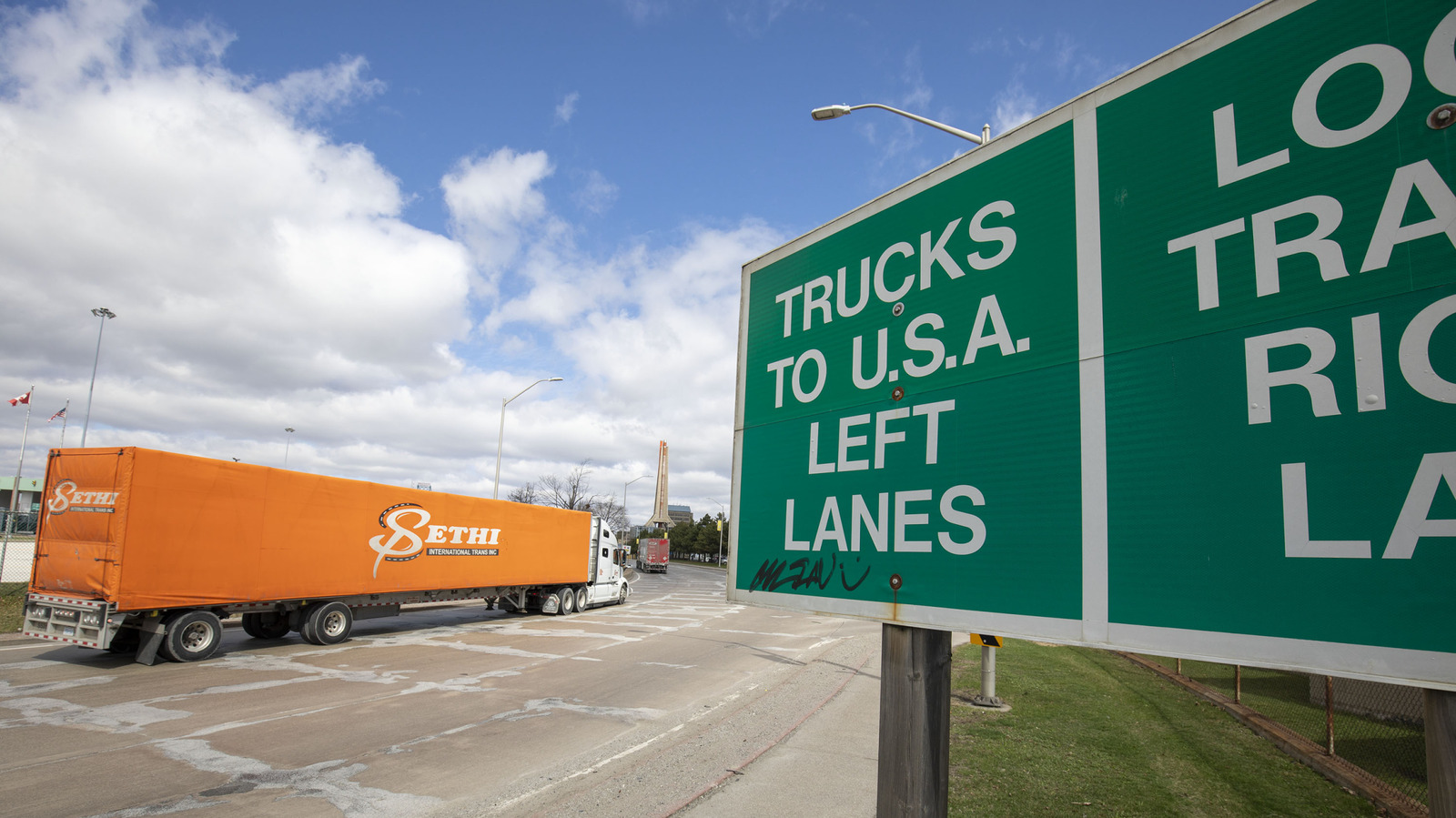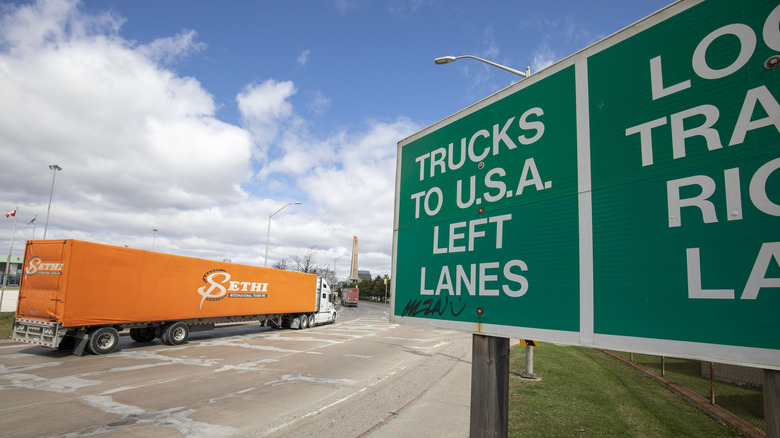In Detroit, it’s surprisingly easy to accidentally end up in Canada via the Ambassador bridge. I’ve done it before. Sure, there are lots of signs over the freeway and even painted on to the road, but with constant construction and high traffic in the area — the bridge is responsible for 27% of trade between Canada and the U.S. — it is downright a common occurrence to end up at the Ambassador Bridge without meaning to. It’s a stupid mistake, and one that does not deserve being disappeared to a foreign country to be detained in a notorious, human-rights-abusing prison for.
Ricardo Prada Vásquez fled his home country of Venezuela and was seeking asylum in the U.S. He was here legally via the CBP One app: an app asylum seekers use to notify Customs and Border Patrol of their intention to seek legal status while escaping repressive and violent regimes. He’d been in the U.S. for four months and was working as a food delivery driver when, on January 15, he accidentally entered the Ambassador Bridge plaza.
Once you’re in that complex there is no place to turn around: you have to go to Canada. If you’re an American citizen and you arrive sans passport and crossing fee you get chewed out by the border patrol on the American side and then sent over the bridge, only to be chewed out by the border patrol on the Canadian side, who sends you back over for your third and final chewing out on the American side.
He has simply disappeared
For Prada, who was in the U.S. legally and awaiting an immigration hearing, the ramifications of one wrong turn was much, much worse. From the New York Times:
The U.S. authorities took Mr. Prada into custody when he attempted to re-enter the country; he was put in detention and ordered deported. On March 15, he told a friend in Chicago that he was among a number of detainees housed in Texas who expected to be repatriated to Venezuela.
That evening, the Trump administration flew three planes carrying Venezuelan migrants from the Texas facility to El Salvador, where they have been ever since, locked up in a maximum-security prison and denied contact with the outside world.
“He has simply disappeared,” said Javier, a friend in Chicago, the last person with whom Mr. Prada had contact. The friend spoke about Mr. Prada on condition that he be identified only by his middle name, out of fear that he too could be targeted by the immigration authorities.
It’s tragic that this is exactly the kind of behavior Prada was fleeing from, the kind he thought he was safe from in the “land of the free.” According to a recent report from the New Republic, immigration officials spend an awful lot of time telling lies to people in their custody.
An entire U.S state under the thumb of CBP
Prada entered the U.S. legally via Mexico on November 29, 2024. After he was apprehended in January he was shuffled from holding center to holding center in both the U.S. and Mexico. The last anyone heard from him was in March, when he told friends he thought he was being sent home to Venezuela. Then, nothing.
No one was notified as to what happened to Prada, he was just disappeared off the street one night without any form of due process. He hasn’t appeared in any of the awful head-shaving videos posted by the Centro de Confinamiento del Terrorismo in El Salvador, nor is he on any lists of people sent to the infamous prison. Prada had tattoos, but was not a gang member, his family told the Times. Immigration and Customs Enforcement officials eventually admitted to his ex-girlfriend he had been deported, but not to where.
Of course, in Michigan, CBP agents don’t even need to wait for you to make a wrong move before disappearing you into a federal system thrown into absolute chaos. Customs and Border Patrol counts the entire state of Michigan as one huge border, despite being empowered to arrest people only within 100 miles of an international border. The CBP’s arrest record is abysmal, with a 2021 ACLU Michigan report suggesting people of Latin American descent were unfairly targeted and that 98% of arrests were for “people recorded as having a ‘Medium’ or ‘Medium Brown’ complexion.” Just looking funny at their squad car is enough of a reason to apprehend people, with more than 7 in 10 arrests coming after “an agent cites a person’s alleged reaction to seeing a marked Border Patrol agent or vehicle as a basis for suspicion,” the report continued.





